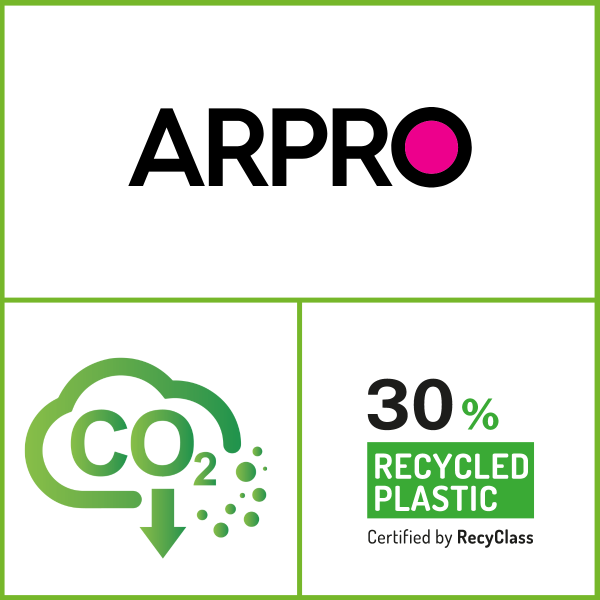Home > News > Sustainability and Green > JSP supports leading international packaging provider’s commitment to circular economy with ARPRO RE 30%.
Publication date: 15.03.2024
JSP supports leading international packaging, components and insulation solution provider’s commitment to circular economy with ARPRO RE 30%
Increasing the recycled content of automotive and HVAC components made from ARPRO EPP (expanded polypropylene) is a significant step forward in sustainable manufacturing practices and aligns with the ambitious sustainability goals of automotive manufacturers.
Elevating the recycled content in components from 25 to 30 per cent results in a 16 per cent reduction in CO2 emissions compared to ARPRO made from virgin material. This improvement helps manufacturers to reach their carbon footprint reduction targets.
EPP components are vital in the automotive industry, particularly in electric vehicles requiring lightweight and insulating components. ARPRO solutions can be used in various automotive parts, such as shock absorbers and interior components, contributing to lighter vehicles and thus reducing emissions and increasing the driving distance. ARPRO 5275 RE with 30% recycled content from post-consumer EPP waste, performs in exactly the same way as the same grade produced from virgin raw material. This performance is essential for safety critical automotive parts.
ARPRO Recycled grades are certified by RecyClass. RecyClass Recycled Plastics Traceability Certification allows JSP EMEA to claim the use of recycled plastics in ARPRO Recycled grades. The certification verifies that traceability of the use of recycled plastics in products is in place within the whole value chain process. The certification scheme was developed according to ISO 22095 and EN 15343 on traceability, conformity assessment and calculation of recycled content. The certification is granted via independent Certification Bodies.
Beyond its use in the automotive sector, ARPRO components are crucial in heating, ventilation, and air-condition (HVAC) systems, where they enhance insulation, efficiency, and the longevity in equipment.

















